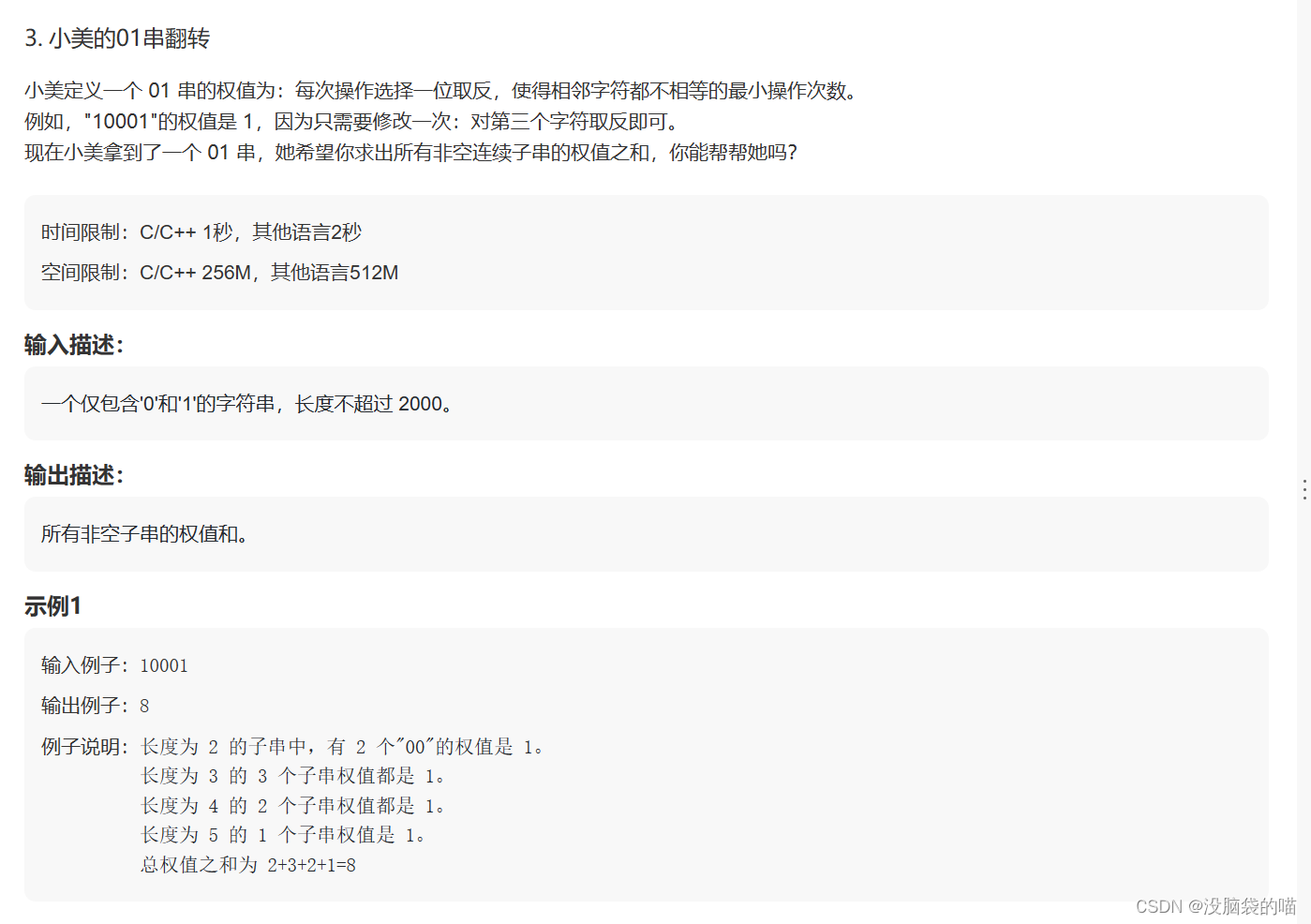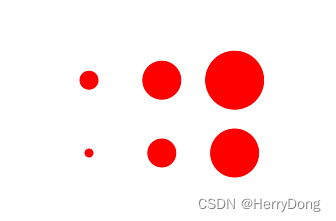链表(Linked List)是一种常见的线性数据结构,由一系列称为节点(Node)的元素组成,每个节点包含两部分:数据(Data)和指向下一个节点的引用(Pointer 或者 Link)。通过这种节点之间的指针连接起来,形成了链式结构
我们为什么需要链表
链表常 用于存储和组织数据。它的设计目的主要有以下几个方面的考虑:
-
动态内存分配:链表能够动态地分配内存空间,这意味着它可以根据需要动态地增加或减少元素,而不需要像数组一样预先指定大小。
-
灵活性:链表的插入和删除操作非常高效,时间复杂度为 O(1),这是因为它不需要像数组那样进行元素的移动。
-
适应动态数据:链表适用于需要频繁插入和删除操作的场景,比如实现队列、栈等数据结构。
-
内存紧张:当内存紧张时,链表可以节省内存空间,因为它只在需要时分配内存。
-
不连续内存:链表的节点不需要在内存中连续存储,这使得链表能够有效地利用零散的内存空间。
-
支持不同长度的元素:链表中的每个节点都包含一个指向下一个节点的指针,因此节点之间的大小不必相等,可以存储不同长度的元素。
-
简单实现:链表相对于其他数据结构(比如树)来说,实现起来比较简单,不需要复杂的数据结构和算法。
相对于数组而言,链表是一种非常灵活和高效的数据结构,特别适用于动态数据和需要频繁插入、删除操作的场景。在编程中,链表常用于实现各种数据结构,如队列、栈、图等,并且在很多算法中都有着广泛的应用。
手动实现链表
- Java内置了 java.util.LinkedList 类,它是 Java 标准库中的一部分,用于表示双向链表(Doubly Linked List)。
我们可以参照该类进行设计
需求分析
链表是由一个个数据节点构成,换句话说,我们将每条数据储存在链表中的每一个数据节点中。同时每个节点要负责帮助我们找到下一个节点在哪里。所以我们需要一个内置Node类,它的内部有一个数据,一个节点指针。
private class Node {E data;Node next;//下一个节点的地址Node(E data) {this.data = data;this.next = null;}}回到链表本身,我们需要记录整个链表的大小,size, 不仅如此,我也要一个头指针帮我定位整个链表的起始点。
public class MyLinkedList<E> {private class Node {E data;Node next;Node(E data) {this.data = data;this.next = null;}}private Node head;private int size;public MyLinkedList() {head = null;size = 0;}
}
功能实现
- 1.添加元素
这个功能很容易理解,不过呢,我们肯定不能满足仅仅append元素。应该允许我们指定位置插入
// 在链表末尾添加元素public void add(E data) {add(size, data);}/*** 在指定位置插入一个元素。* @param index 插入位置的索引,从0开始。* @param data 要插入的元素。* @throws IndexOutOfBoundsException 如果索引小于0或大于当前列表大小,则抛出异常。*/public void add(int index, E data) {// 检查索引是否超出范围if (index < 0 || index > size) {throw new IndexOutOfBoundsException("Index out of bounds");}Node newNode = new Node(data); // 创建新节点// 当索引为0时,将新节点插入到链表头部if (index == 0) {newNode.next = head;head = newNode;} else {// 遍历链表,找到插入位置的前一个节点Node current = head;for (int i = 0; i < index - 1; i++) {current = current.next;}newNode.next = current.next;current.next = newNode;}size++; // 更新列表大小}
- 2.删除元素
有增加就需要有删除
/*** 删除链表中指定位置的元素。* @param index 要删除的元素的位置索引。* @throws IndexOutOfBoundsException 如果索引超出链表范围,则抛出异常。*/public void remove(int index) {// 检查索引是否超出链表范围if (index < 0 || index >= size) {throw new IndexOutOfBoundsException("Index out of bounds");}// 如果删除的是头节点if (index == 0) {head = head.next;} else {// 遍历找到要删除节点的前一个节点Node current = head;for (int i = 0; i < index - 1; i++) {current = current.next;}// 跳过要删除的节点,重新连接链表current.next = current.next.next;}size--; // 更新链表大小}/*** 删除链表中指定数据的元素。* @param data 要删除的元素数据。*/public void remove(E data) {// 如果链表为空,则直接返回if (head == null) {return;}// 如果头节点数据与要删除的数据相等,则将头节点指向下一个节点,并更新大小if (head.data.equals(data)) {head = head.next;size--;return;}// 从第二个节点开始遍历链表,寻找要删除的数据Node current = head;while (current.next != null) {// 如果找到要删除的数据,则跳过该节点,并更新大小if (current.next.data.equals(data)) {current.next = current.next.next;size--;return;}current = current.next;}}
- 3.查询元素
/*** 获取链表中指定位置的元素。** @param index 要获取元素的位置,从0开始计数。* @return 链表中指定位置的元素。* @throws IndexOutOfBoundsException 如果指定位置超出链表范围(小于0或大于等于链表长度)。*/public E get(int index) {// 检查索引是否超出链表范围if (index < 0 || index >= size) {throw new IndexOutOfBoundsException("Index out of bounds");}Node current = head;// 遍历链表,直到达到指定位置for (int i = 0; i < index; i++) {current = current.next;}return current.data; // 返回指定位置的元素}
- 4.其他方法
// 返回链表的大小public int size() {return size;}// 清空链表public void clear() {head = null; //垃圾回收器会自动清理内存size = 0;}
全部代码
public class MyLinkedList<E> {private class Node {E data;Node next;Node(E data) {this.data = data;this.next = null;}}private Node head;private int size;public MyLinkedList() {head = null;size = 0;}// 在链表末尾添加元素public void add(E data) {add(size, data);}/*** 在指定位置插入一个元素。* @param index 插入位置的索引,从0开始。* @param data 要插入的元素。* @throws IndexOutOfBoundsException 如果索引小于0或大于当前列表大小,则抛出异常。*/public void add(int index, E data) {// 检查索引是否超出范围if (index < 0 || index > size) {throw new IndexOutOfBoundsException("Index out of bounds");}Node newNode = new Node(data); // 创建新节点// 当索引为0时,将新节点插入到链表头部if (index == 0) {newNode.next = head;head = newNode;} else {// 遍历链表,找到插入位置的前一个节点Node current = head;for (int i = 0; i < index - 1; i++) {current = current.next;}newNode.next = current.next;current.next = newNode;}size++; // 更新列表大小}// 返回链表的大小public int size() {return size;}// 清空链表public void clear() {head = null;size = 0;}/*** 获取链表中指定位置的元素。** @param index 要获取元素的位置,从0开始计数。* @return 链表中指定位置的元素。* @throws IndexOutOfBoundsException 如果指定位置超出链表范围(小于0或大于等于链表长度)。*/public E get(int index) {// 检查索引是否超出链表范围if (index < 0 || index >= size) {throw new IndexOutOfBoundsException("Index out of bounds");}Node current = head;// 遍历链表,直到达到指定位置for (int i = 0; i < index; i++) {current = current.next;}return current.data; // 返回指定位置的元素}/*** 删除链表中指定位置的元素。* @param index 要删除的元素的位置索引。* @throws IndexOutOfBoundsException 如果索引超出链表范围,则抛出异常。*/public void remove(int index) {// 检查索引是否超出链表范围if (index < 0 || index >= size) {throw new IndexOutOfBoundsException("Index out of bounds");}// 如果删除的是头节点if (index == 0) {head = head.next;} else {// 遍历找到要删除节点的前一个节点Node current = head;for (int i = 0; i < index - 1; i++) {current = current.next;}// 跳过要删除的节点,重新连接链表current.next = current.next.next;}size--; // 更新链表大小}/*** 删除链表中指定数据的元素。* @param data 要删除的元素数据。*/public void remove(E data) {// 如果链表为空,则直接返回if (head == null) {return;}// 如果头节点数据与要删除的数据相等,则将头节点指向下一个节点,并更新大小if (head.data.equals(data)) {head = head.next;size--;return;}// 从第二个节点开始遍历链表,寻找要删除的数据Node current = head;while (current.next != null) {// 如果找到要删除的数据,则跳过该节点,并更新大小if (current.next.data.equals(data)) {current.next = current.next.next;size--;return;}current = current.next;}}public static void main(String[] args) {MyLinkedList<Integer> list = new MyLinkedList<>();list.add(1);list.add(2);list.add(3);list.add(1, 4); // 在索引1处插入元素4System.out.println("Size of LinkedList after insertion: " + list.size());System.out.println("Element at index 1: " + list.get(1));}
}
双向链表
双向链表是一种链表数据结构,其中每个节点都有两个指针,一个指向前一个节点,一个指向后一个节点。与单向链表相比更方便双向遍历和删除插入节点
其实实现上和上面一本一样,只是需要考虑一个prev指针
/*** MyLinkedList类,实现一个双向链表。* @param <E> 链表元素的类型。*/
public class MyLinkedList<E> {/*** 链表节点内部类。* 包含数据、前向指针和后向指针。*/private class Node {E data;Node prev;Node next;/*** 节点构造函数。* @param data 节点存储的数据。*/Node(E data) {this.data = data;this.prev = null;this.next = null;}}private Node head; // 链表头节点private Node tail; // 链表尾节点private int size; // 链表大小/*** 链表构造函数,初始化链表。*/public MyLinkedList() {head = null;tail = null;size = 0;}/*** 在链表末尾添加元素。* @param data 要添加的数据。*/public void add(E data) {add(size, data);}/*** 在指定位置插入元素。* @param index 插入的位置。* @param data 要插入的数据。* @throws IndexOutOfBoundsException 如果索引超出范围,则抛出异常。*/public void add(int index, E data) {// 检查索引是否有效if (index < 0 || index > size) {throw new IndexOutOfBoundsException("Index out of bounds");}Node newNode = new Node(data);// 处理头节点插入和尾节点插入的情况if (index == 0) {// 处理在头部插入的情况if (head == null) {head = newNode;tail = newNode;} else {newNode.next = head;head.prev = newNode;head = newNode;}} else if (index == size) {// 处理在尾部插入的情况newNode.prev = tail;tail.next = newNode;tail = newNode;} else {// 在中间位置插入Node current = head;for (int i = 0; i < index - 1; i++) {current = current.next;}newNode.next = current.next;newNode.prev = current;current.next.prev = newNode;current.next = newNode;}size++;}/*** 返回链表的大小。* @return 链表中元素的数量。*/public int size() {return size;}/*** 清空链表。* 将头尾指针置空,大小设为0。*/public void clear() {head = null;tail = null;size = 0;}/*** 获取指定位置的元素。* @param index 要获取元素的位置。* @return 位置处的元素。* @throws IndexOutOfBoundsException 如果索引超出范围,则抛出异常。*/public E get(int index) {// 检查索引是否有效if (index < 0 || index >= size) {throw new IndexOutOfBoundsException("Index out of bounds");}Node current = head;// 遍历链表,直到找到指定位置的元素for (int i = 0; i < index; i++) {current = current.next;}return current.data;}/*** 删除指定位置的元素。* @param index 要删除的元素的位置。* @throws IndexOutOfBoundsException 如果提供的索引超出链表范围,则抛出异常。*/public void remove(int index) {// 检查索引是否有效if (index < 0 || index >= size) {throw new IndexOutOfBoundsException("Index out of bounds");}// 根据索引位置的不同,分别处理删除头节点、尾节点和中间节点的情况if (size == 1) { // 当链表只有一个元素时,删除后同时将头尾指针置为nullhead = null;tail = null;} else if (index == 0) { // 删除头节点head = head.next;head.prev = null;} else if (index == size - 1) { // 删除尾节点tail = tail.prev;tail.next = null;} else { // 删除中间的节点Node current = head;for (int i = 0; i < index; i++) {current = current.next;}// 断开选定节点的前后连接current.prev.next = current.next;current.next.prev = current.prev;}size--; // 链表大小减1}/*** 删除链表中第一个匹配给定数据的节点。* @param data 要删除的数据。* 该方法首先检查链表是否为空,若为空则直接返回。* 接着区分三种情况:删除头节点、删除尾节点、删除中间节点。* 对于删除头节点和尾节点,需要更新头尾指针。* 对于删除中间节点,需要更新前后节点的指针。* 删除操作完成后,链表长度减一。*/public void remove(E data) {if (head == null) { // 链表为空,直接返回return;}// 处理删除头节点和尾节点的情况,以及中间节点的情况if (head.data.equals(data)) { // 删除头节点head = head.next;if (head != null) { // 更新头节点的前指针head.prev = null;}size--;return;}if (tail.data.equals(data)) { // 删除尾节点tail = tail.prev;tail.next = null; // 更新尾节点的后指针size--;return;}Node current = head; // 从头开始查找要删除的节点while (current != null) {if (current.data.equals(data)) { // 找到要删除的节点current.prev.next = current.next; // 更新前节点的后指针current.next.prev = current.prev; // 更新后节点的前指针size--;return;}current = current.next; // 继续查找下一个节点}}// 主函数,示例使用public static void main(String[] args) {MyLinkedList<Integer> list = new MyLinkedList<>();list.add(1);list.add(2);list.add(3);list.add(1, 4); // 在索引1处插入元素4System.out.println("Size of LinkedList after insertion: " + list.size());System.out.println("Element at index 1: " + list.get(1));}
}
总结
我们自己写的链表是一个简单的实现,用于演示链表的基本操作和原理,并作为学习链表数据结构的起点。通过自己动手实现链表,可以加深对链表的理解,并提升编程能力。作为学习链表数据结构的起点,它相比于标准库中的链表实现可能存在一些局限性,但非常适用于学习和理解链表的基本概念。



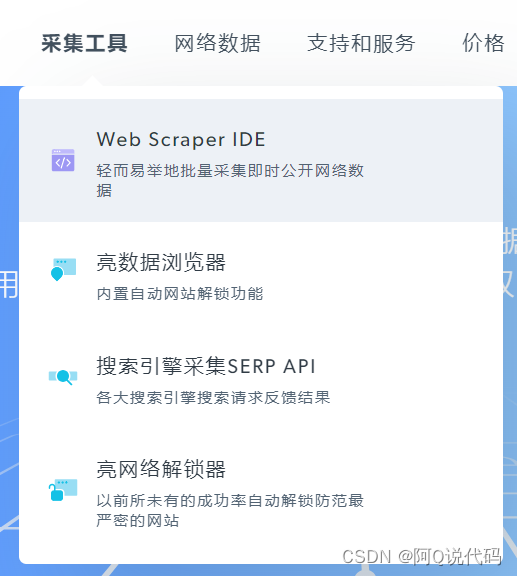







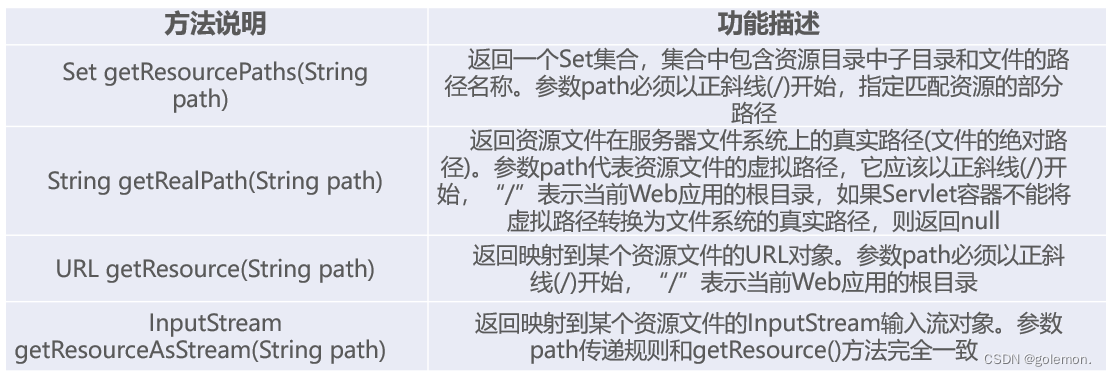
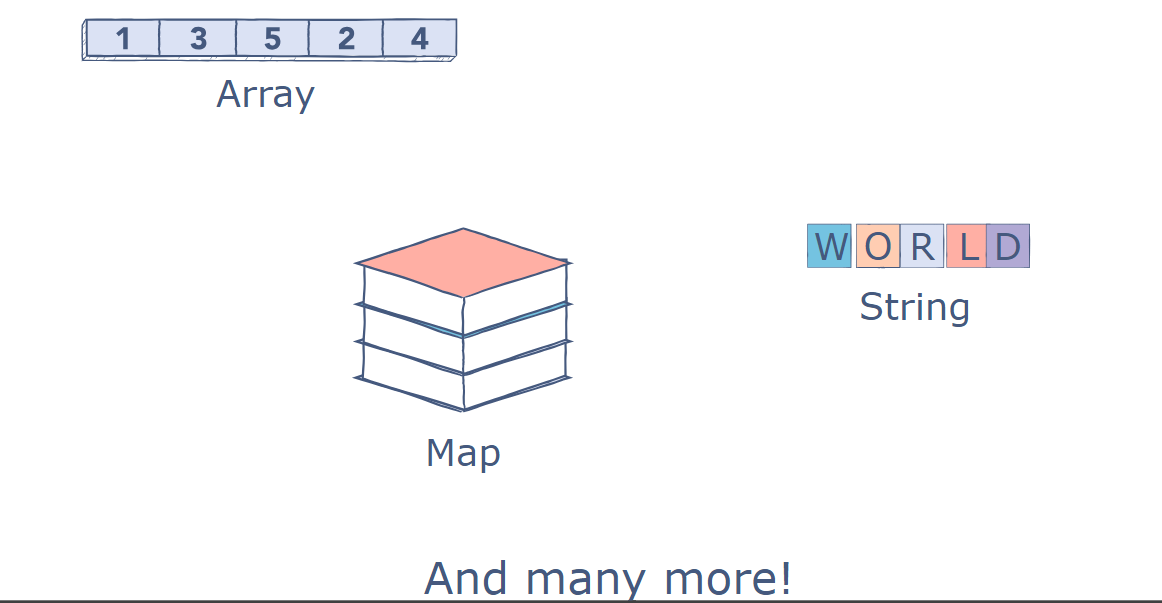

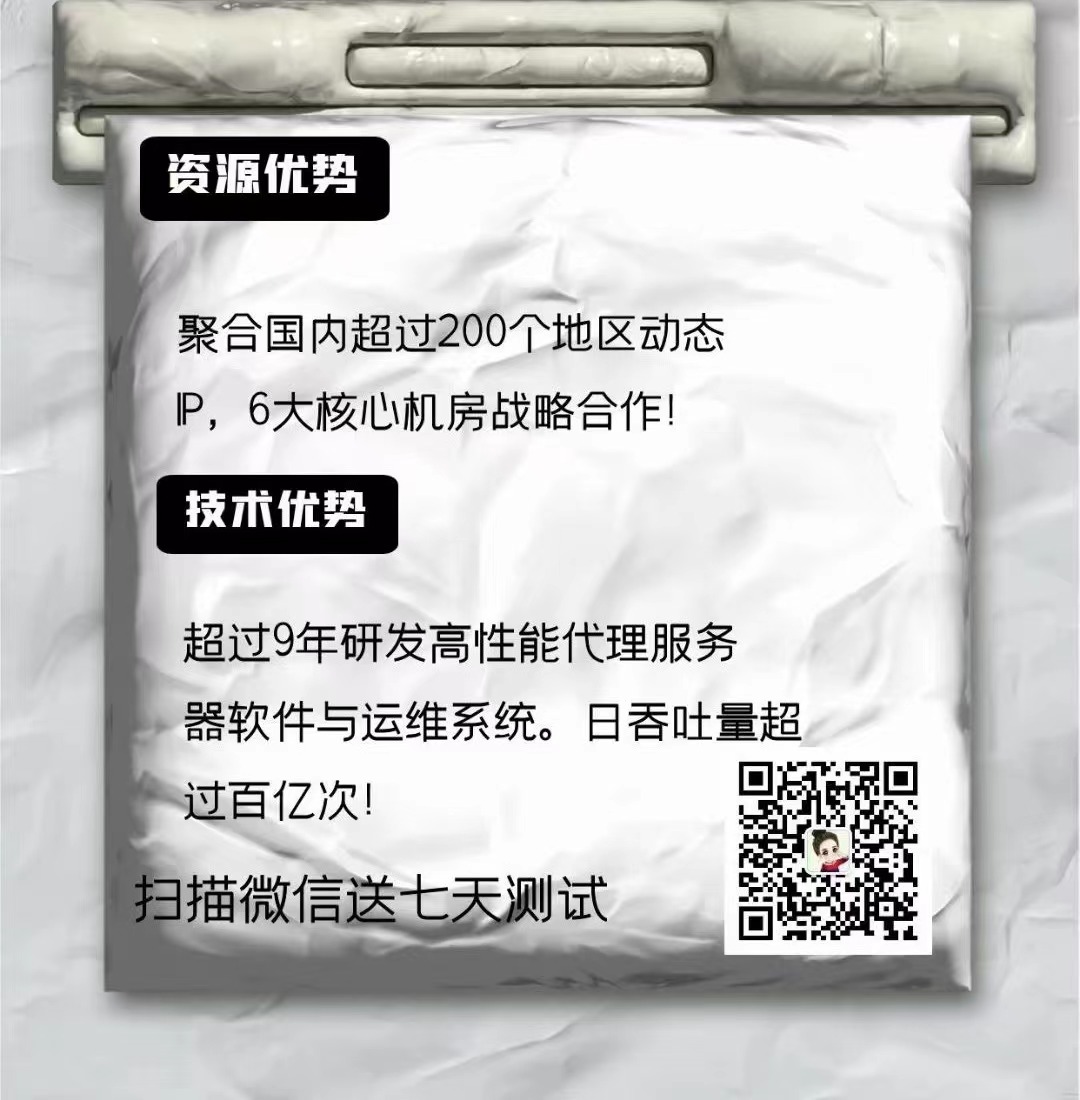
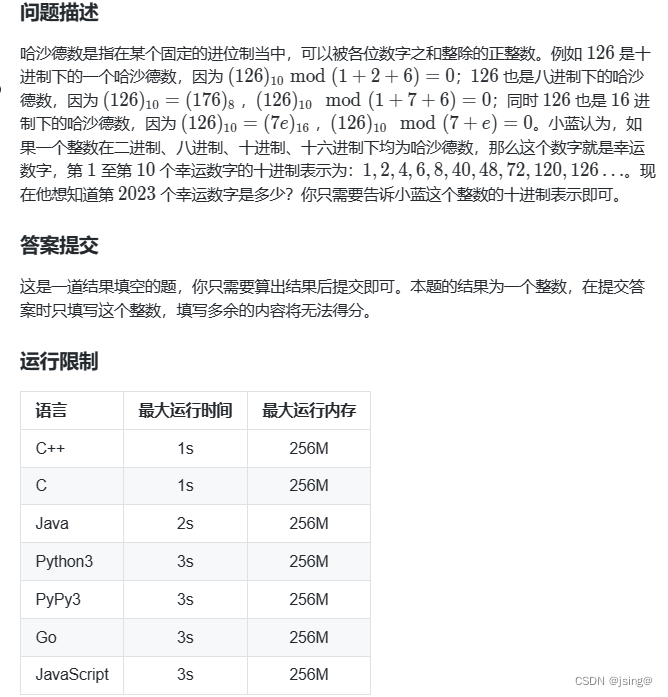
![[Qt学习笔记]Qt实现自定义控件SwitchButton开关按钮](https://img-blog.csdnimg.cn/direct/d19e813ce8d64486a793ff429d1e8210.png#pic_center)

